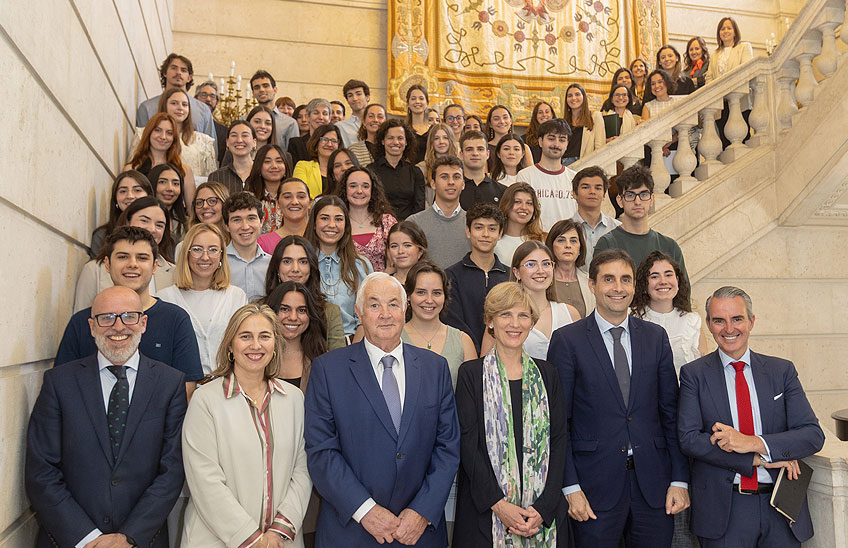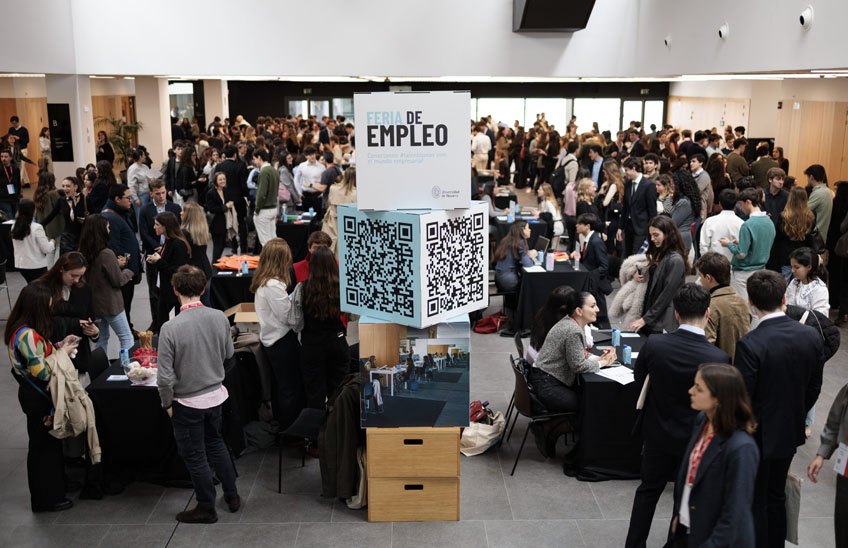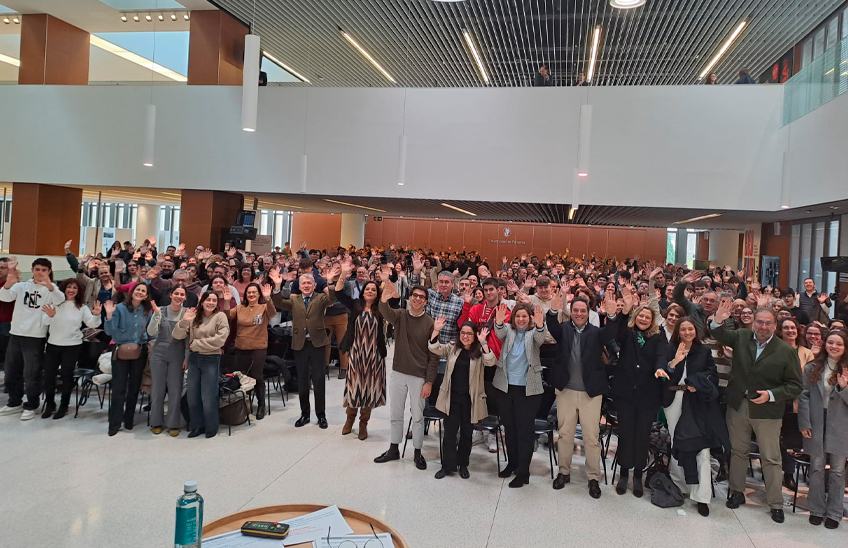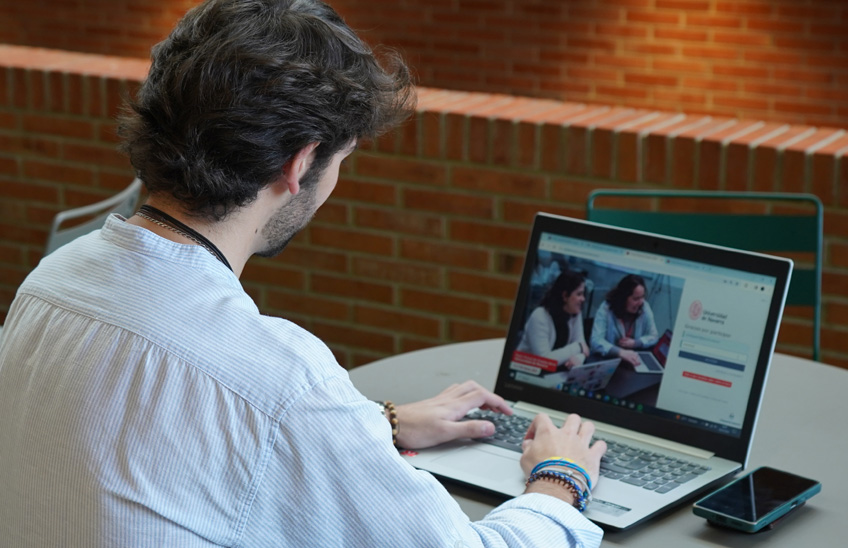"Caring for others is not only a fundamentally ethical issue but also an aesthetic internship "
Yuriko Saito, philosopher and reference in the field of the aesthetics of the everyday, takes part in an international congress organized at the University of Navarra.
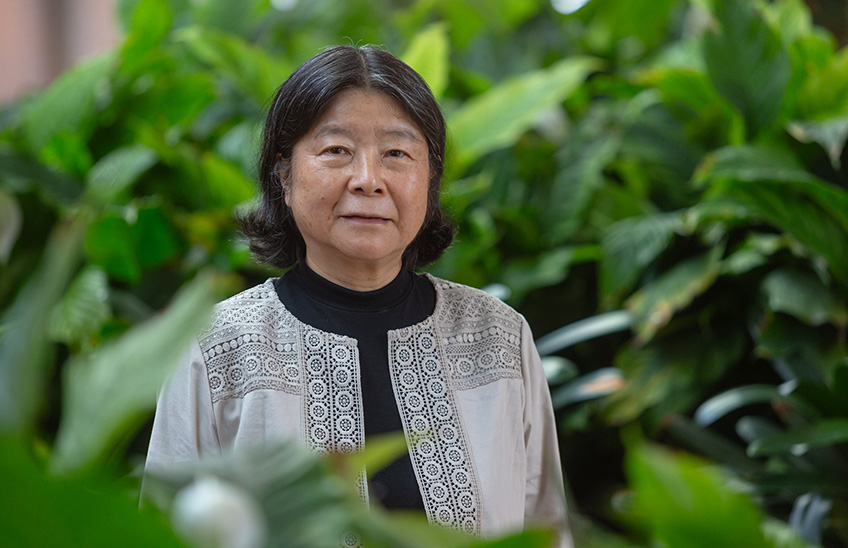
The Japanese philosopher Yuriko Saito, one of the world's most renowned figures in the field of aesthetics, has visited Spain for the first time, invited by the University of Navarra, to participate in the IX Iberian Aesthetics: art and life meeting .
Born and raised in Japan, this professor emerita of the Rhode Island School of Design (USA) has taught Philosophy and lectured on ecological responsibility in art and design, Japanese aesthetics, everyday aesthetics and Philosophy of nature for nearly 40 years.
His works, "Everyday Aesthetics" and "Aesthetics of the Familiar: Everyday Life and World-Making", have been published by Oxford University Press. In addition, the latter received the award for Outstanding Monograph from the American Society for Aesthetics. Her most recent book is Aesthetics of Care: Practice in Everyday Life.
award John R. Frazier Award for Excellence at teaching from RISD (Rhode Island School of Design), is editor of Contemporary Aesthetics, the first online, open access, peer-reviewed journal of aesthetics, and advisor publishing house to The British Journal of Aesthetics.
At the congress, organized by the School of Philosophy and Letters, the School of Architectureand the Society for Aesthetics and Theory of the Arts, Saito spoke about the relationship of care with everyday objects, a question he also addresses in the following interview.
1. You talk about how discipline aesthetics has focused exclusively on art, forgetting the everyday. What role does aesthetics play in our homes or places of work? In what way can it help us to perform everyday actions such as cleaning, for example?
Traditionally, in the West, aesthetics has been especially focused on the artistic field. And although it is relevant, from my experience as a teacher in a school at design, I have seen that non-art centered issues also influence people's quality of life.
In the domestic sphere, we constantly come across objects whose aesthetic dimension we do not pay attention to. However, there are many aesthetic issues intrinsic to everyday actions such as cooking dinner or cleaning a room.
It is the same in the workplace. We usually pay attention to practical considerations, but we can also find other aesthetic dimensions, such as the layout of the space (hierarchical or egalitarian), or the way of interacting with customers or, in the case of the university, with students.
2. In a society where home care is sometimes denigrated and where chores are perceived as a burden, what can be done to change this perception?
This is a very interesting topic on which I have delved a lot for some time now. Traditionally, household chores have been performed by women or have been considered menial jobs performed by minorities. It is essential to improve the perception we have of these tasks, because they are essential for the individual and for society, and yet somehow they are still kept invisible.
Household chores require skills and knowledge, but also imagination and creativity to perform them. There are many aesthetic judgments that have to do with housework: many tasks are done automatically, for example, ironing a shirt, but there is also a certain art involved. Moreover, they have a primarily aesthetic function: dusting a table is not going to improve its functionality, or I can still wear a shirt even if I don't clean it, but we wash clothes or dust for aesthetic reasons.
3. In your session you have pointed out that some artistic projects can help to make visible and refund the dignity of housework. In what way?
Some of the performances, films or paintings that I have given as examples in my session help to show that invisible aspect of housework that I mentioned earlier. However, for these works of art to have a real effect on our lives, we cannot limit ourselves to mere observation, to being mere spectators; we have to experience these tasks directly and bring them to the internship.
The challenge is in doing the exercise of internalizing the activities that we are observing in these artistic pieces and becoming aware of the way in which we relate to these objects.
4. You have studied the aesthetics of care. In what way is aesthetics implicit in family care? And in the care of the elderly?
In these cases, aesthetics has to do with the way in which we carry out an action. I define it as "bodily aesthetics", that is, it has to do with the different ways in which the same action can be carried out.
Often, a moral action is determined by the aesthetic aspects involved. Therefore, caring for others is not only a fundamentally ethical issue but also an aesthetic internship . The tone of voice, the facial expression, the gestures with which this action is performed are important in order to be a true care for the other.
This sensitivity to take good care of others must be developed with the internship and in this plays a very important role empathy, openness to others, putting ourselves in their place to try to see the world in their terms. In this case, imagination, understood as an aesthetic skill , plays a fundamental role. It is the same as in art: works must be judged on their own terms and not by throwing our own world at the work, because that would be unfair.
5. In your speech you pointed out that everyday objects, beyond serving our immediate needs, can also express care for us and for others. To what extent? How is this statement made concrete?
Arguably, there are two categories of objects that show care and respect for others. In one, the very design of the object is intended for the person's delight, takes the other into account and provides that care. For example, in Japan it is common for road shapes to meander and not be completely straight, so that those passing by can view and enjoy the surroundings from a variety of angles. Ultimately written request, they are stepping on a tile that perfectly fulfills its function, but its aesthetic design allows you to delight and feel more immersed in the place.
In the second category would fall those objects that do not provide us with enjoyment, but that in the internship carry implicit aesthetic issues and express care for others. For example, in the entrance of the University there was a totem to wrap the umbrella in plastic. It is something simple, nothing spectacular, but it was intended so that those who enter do not get their clothes wet or the floor of the building dirty. The design of things can show that it has been done with respect and care for others.
6 How can we cultivate our aesthetic sensitivity in order to learn to appreciate and value the tasks related to care and thus achieve a more humane society?
I think it is something that should be instilled in children. Schools should offer an aesthetic Education that is not reduced only to the artistic dimension. For example, holding workshops to learn how to fix objects would allow children to reflect on how they feel when they do that exercise or how they relate to caring for the object and, ultimately written request, for others.
On the other hand, I believe that children should be involved in the decoration of environments; let them share how they feel about the arrangement of objects. My dream, although perhaps utopian, is an aesthetic democracy in which we could all have a say in how the design of our environment treats us with care or not. In this way, with different points of view, we could better understand the needs of different individuals.
In this sense, I believe that it is necessary to train people to take a critical look at our environment so that they know how to detect not only a design that does not take us sufficiently into account, but also the design that the capitalist industry has carried out to stimulate us, sometimes manipulate us and guide our behavior.

